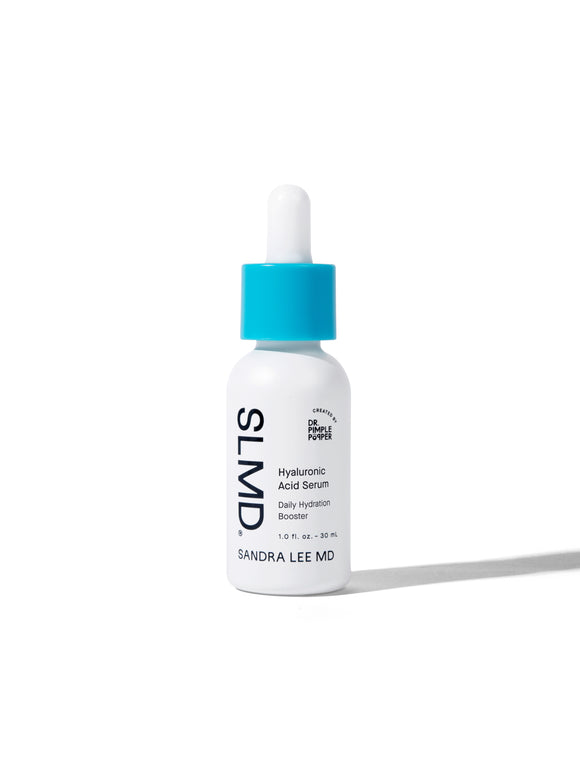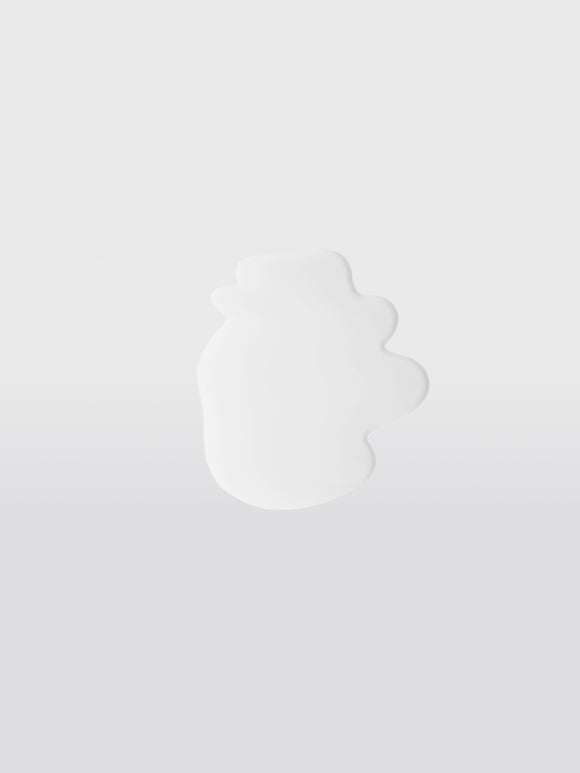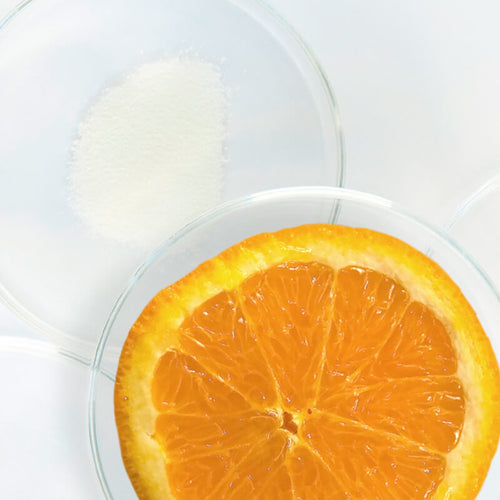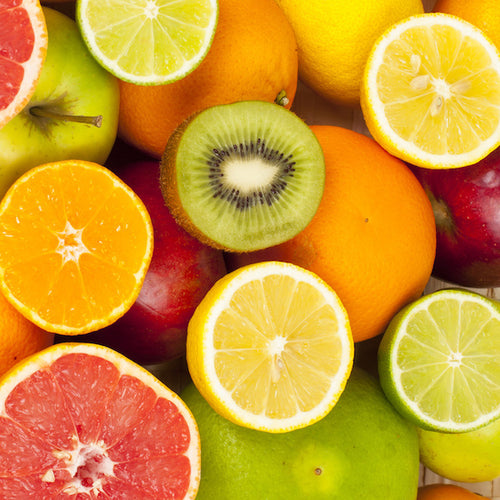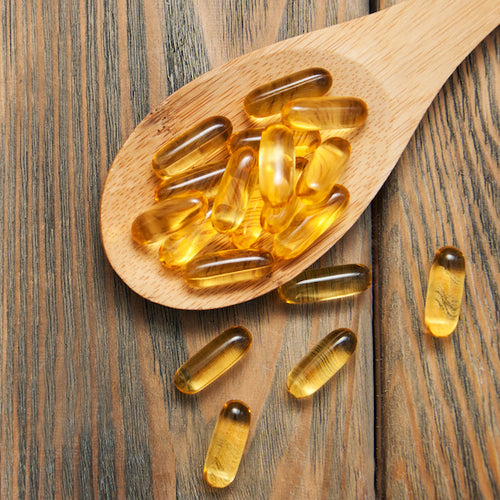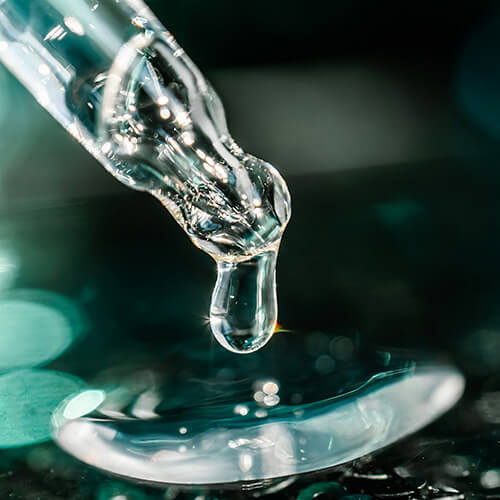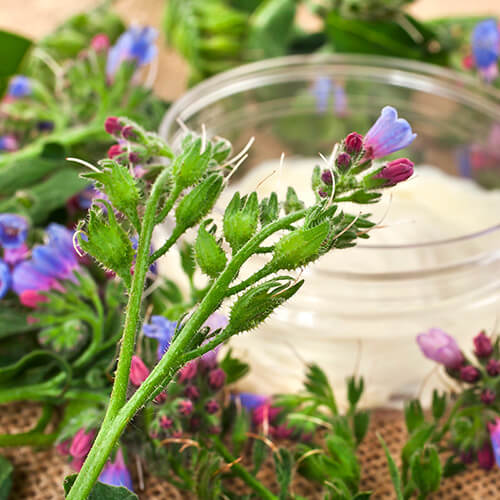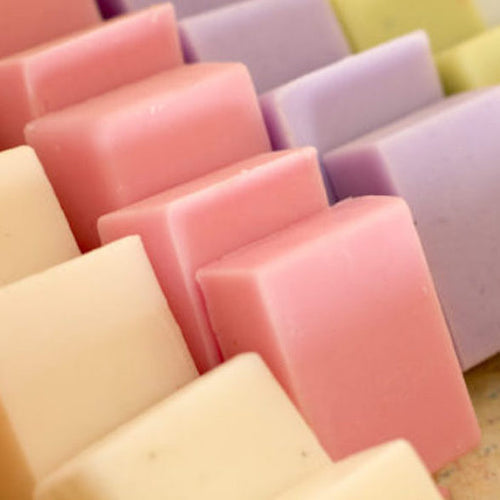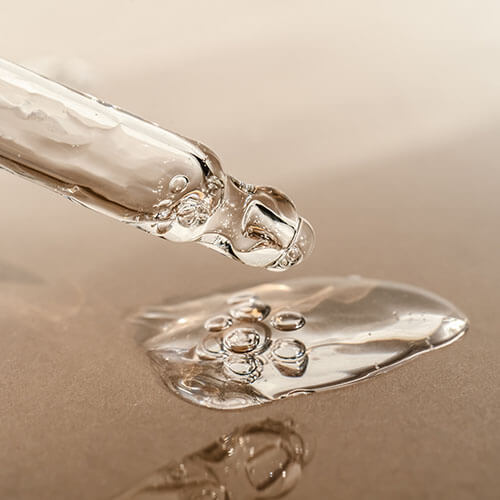
Squalene vs. Squalane: What's the Difference?
Squalane seems to be everywhere in skincare products lately. So what’s the difference between the moisturizing lipid squalane, and squalene with an “e” — and why is there drama surrounding a seemingly innocent skincare ingredient? We’re diving deep (this time, quite literally) to uncover the facts.
Published:
4 minute read
If you’re a skincare ingredient nerd (welcome to the fam), you’ve probably noticed the recent rise in the popularity of squalane in all kinds of products. This moisturizing lipid actually has a fascinating history that’s still causing controversy, spurred by its origins as a substance called — quite confusingly — squalene.
So what’s the difference between squalane and squalene with an “e” — and why is there drama surrounding a seemingly innocent skincare ingredient? We’re diving deep (this time, quite literally) to uncover the facts.
Article Quick Links
What is squalene?
Time to get technical: squalene is a highly reactive polyunsaturated hydrocarbon, which means its atoms are joined by multiple double bonds. Translation: it’s fat. Squalene is produced by many plants and animals, including humans. In pure form, it’s a clear, virtually odorless liquid that’s not water soluble.
Squalene was first isolated from shark liver oil in the early 1900s by Dr. Mitsumaro Tsjuiimoto — hence the name, derived from squalidae, the order of dogfish sharks from which he originally sourced the substance. Humans also produce squalene in the liver, as well as in our sebaceous glands. In fact, it’s estimated that squalene makes up somewhere between 5-13% of our skin’s natural sebum.
What does squalene do for skin?
Because squalene is a natural component of human skin, we can assume it performs essential functions. Research has uncovered two primary benefits:
- Antioxidant: As we mentioned, squalene is highly unstable (due to those double bonds), making it a potent antioxidant. Remember that antioxidants have extra electrons that bind to damaging free radical molecules, chemically neutralizing them. The squalene in our skin helps protect us from the oxidative reactions caused by UV rays in particular.
- Moisturizer: Squalene is also an outstanding emollient (skin softener) that’s a key component in skin’s natural moisturizing factor (NMF). Because it’s an oil, squalene helps protect against transepidermal water loss (TEWL), an essential function of the skin barrier.
Now for the sad part: our natural squalene production slows throughout our 30s, which is one of the reasons many of us experience increasingly dry skin as we age.
What’s the difference between squalene and squalane?
While the skincare benefits of squalene were understood early on, there was a problem: its high reactivity made it difficult to incorporate squalene into cosmetic formulations. This is because the substance oxidizes so quickly, turning it dark and rancid — which essentially renders it ineffective.
So in the 1950s, a French chemist named Sebastien Sabetay had the smart idea of hydrogenating it — adding atoms of hydrogen — to stabilize the molecule. Squalane (with an “a”) was born.
If you’ve been paying attention, you’ve already realized that this means that squalene loses its antioxidant super powers when it’s transformed into squalane. But it retains all of its moisturizing abilities — and since it’s so closely related to our skin’s natural lipids, squalane is a highly effective, well-tolerated and (thanks to the magic of chemistry) shelf-stable ingredient.
Where does squalane come from?
Let’s be clear: you can’t create squalane without starting with squalene. Here’s where things get complicated: the cheapest, most abundant source of squalene on the planet is shark liver — particularly those fish found in the coldest, deepest waters. After the discovery of squalene’s skincare benefits, shark liver harvesting (often an inhumane, slash-and-dump process) drove many species to the brink of extinction.
With pressure from consumer groups and subsequent industry regulation (particularly in Europe), the quest to uncover alternative, plant-based sources of squalene (aka phytosqualane) is ongoing. Though the concentrations don’t compare to oil-rich shark liver, there are many plant sources of squalene, including:
- Amaranth
- Olive
- Corn oil
- Peanuts
Although amaranth contains a higher concentration of natural squalene than olive, it currently makes better economic sense to extract it from olives — because squalene is one of the byproducts of olive oil production. Research continues, however, to try to find cost-effective, additional sources of squalene that aren’t dependent on the ups and downs of olive growing. One example is new technology that creates squalane from bioengineered yeast.
How do you find plant-based squalane skincare products?
In the United States, skincare manufacturers are not required to specify the ultimate source of their squalane. However, many companies choose to indicate their origins: look for plant-based, olive-derived, or vegan on the label. It’s worth noting that the phrase cruelty free on U.S. skincare packaging simply means that the finished formulation was not tested on animals — not that the ingredients were humanely sourced.
If the labeling is unclear — and you want to make sure your squalane product is plant-based — check the company’s website, and contact them directly if necessary.
All of SLMD Skincare products that contain squalane are 100% plant-based, sourced from sugarcane. Here are a couple to try:
- Hyaluronic Acid Serum: blended with hydrating HA to plump and moisturize
- Dark Spot Fix: added to salicylic acid, niacinamide and kojic acid to help soothe skin

Dr. Lee's Last Word
Squalane is one of my favorite moisturizing ingredients, because it mimics our skin’s natural lipids so well. Because it’s so closely related to the squalene made by our body, it’s one of the most well-tolerated moisturizers — making it ideal for most skin types.



